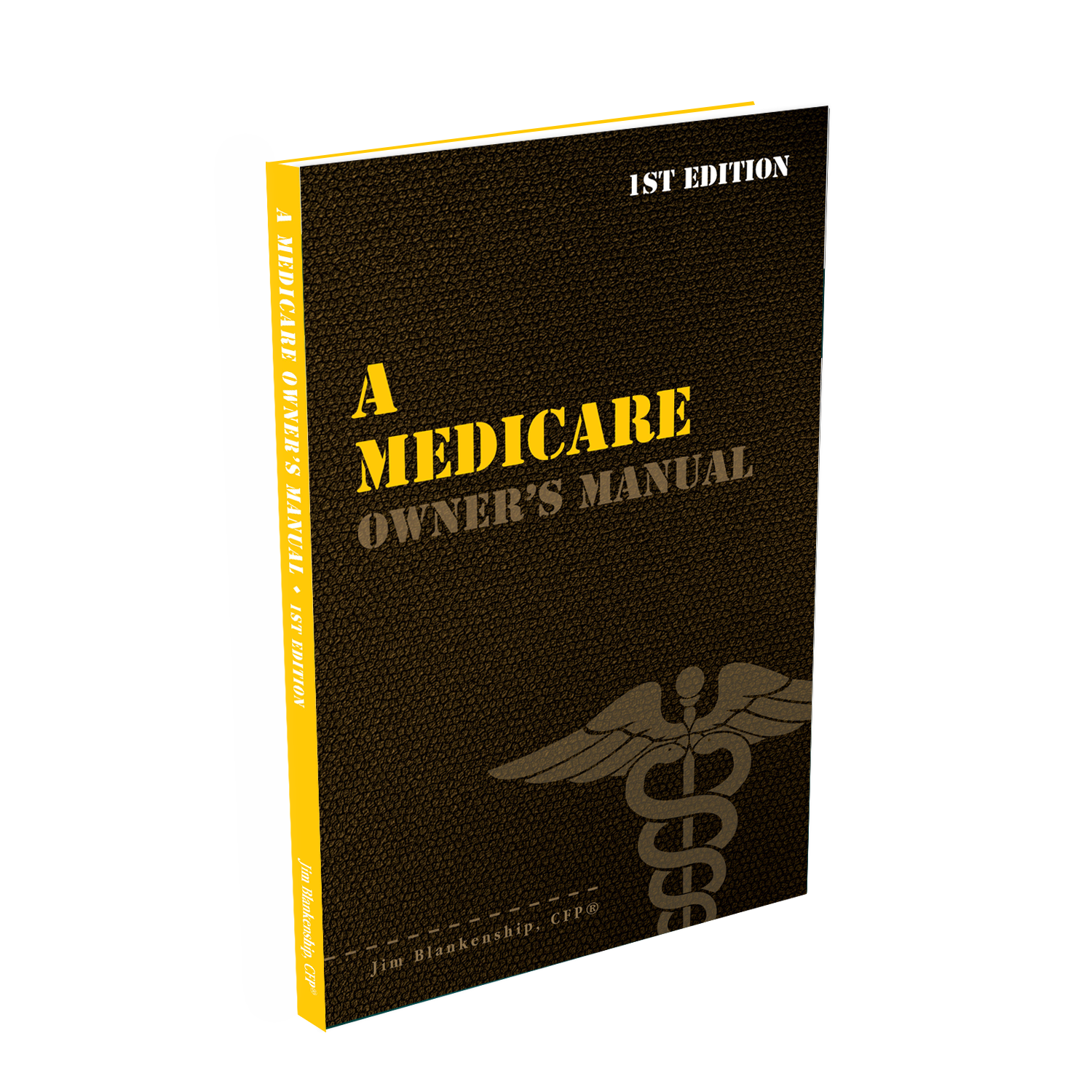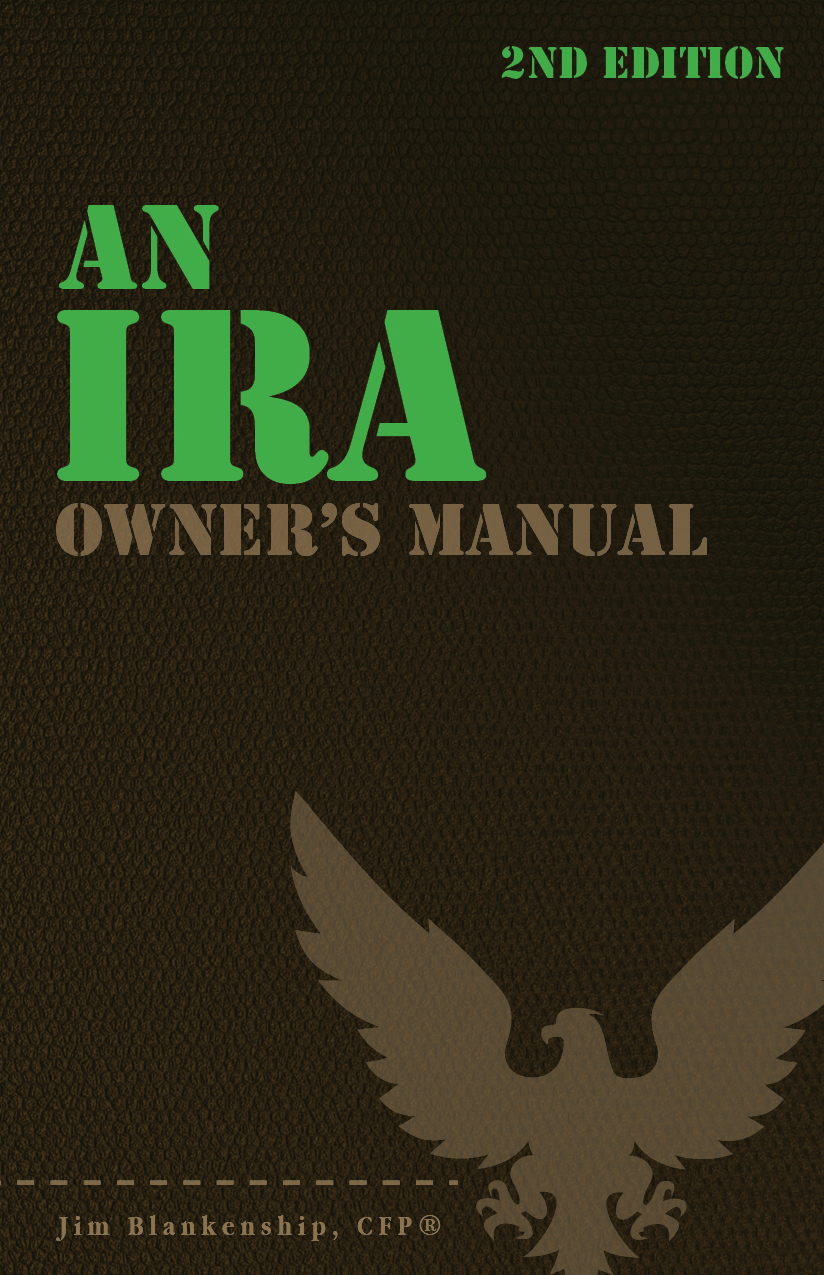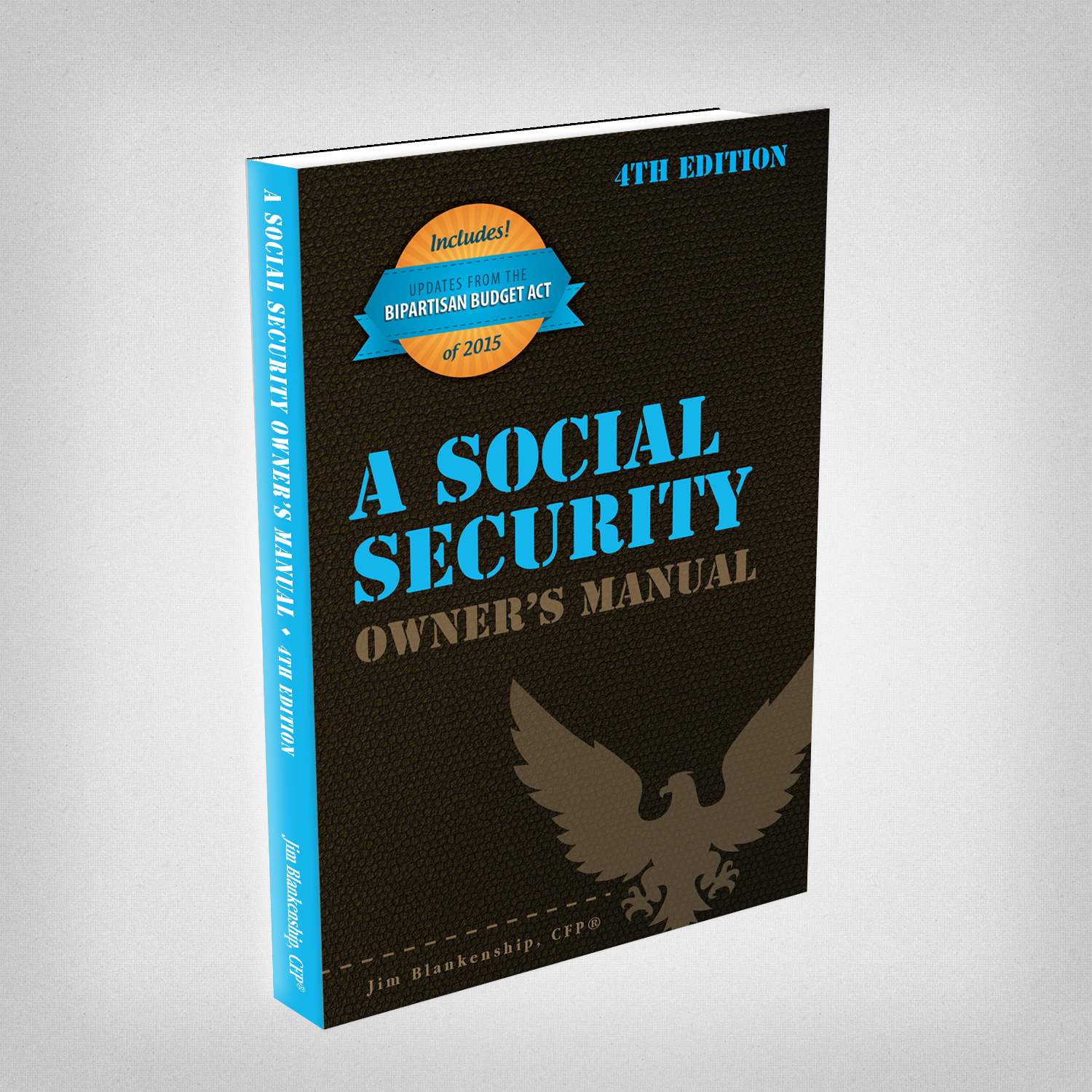 For certain types of workers, specifically someone employed as a public safety employee, there is a special exception to the normal distribution rules. For a public safety employee, retirement plan withdrawal can begin without penalty as early as age 50, rather than age 55 or 59½.
For certain types of workers, specifically someone employed as a public safety employee, there is a special exception to the normal distribution rules. For a public safety employee, retirement plan withdrawal can begin without penalty as early as age 50, rather than age 55 or 59½.
Public Safety Employee
The list of public safety employees includes government or municipal firefighters, police, and emergency medical service employees. Recent expansion of this definition was put in place to include federal employees who work in certain public safety professions. These additional classifications include federal law enforcement, customs and border protection officers, federal firefighters, air traffic controllers, nuclear materials couriers, and members of the US Capitol Police, Supreme Court Police, and diplomatic security special agents of the Department of State.
This provision has been put in place to allow for an earlier withdrawal from the workforce by these individuals. These professions often exact a toll on the worker that results in a shortened career span versus other occupations.
Separation from Service on or after age 50
In order to take advantage of this provision, the worker must be employed in the public safety profession and leaves service upon reaching age 50 or at any point after that age. This allows the individual to make withdrawals from retirement plans without penalty prior to age 59½. Otherwise, unless another exception applies to the retirement account, any early distribution from a retirement plan would result in a 10% penalty applied to the distribution.
The age 50 exception applies to all government-based retirement plans, including defined benefit and defined contribution plans. This exception does not apply to Individual Retirement Arrangement (IRA) plans.
So, if Patricia, a firefighter who has a 457 retirement plan, a pension from her county, and an IRA, decides to retire at age 51 she can withdraw funds from the 457 and begin receiving payments from her pension without penalty. She cannot take distributions from her IRA (unless another early-withdrawal exception applies). Tax will be owed on any normally-taxable distributions from these accounts.
In addition, if Patricia rolls over her 457 plan into an IRA or another employer’s retirement plan, she loses the age 50 distribution exception. This exception only applies to her original retirement account.


 Sterling Raskie, MSFS, CFP®, ChFC®
Sterling Raskie, MSFS, CFP®, ChFC® The latest in our Owner’s Manual series, A 401(k) Owner’s Manual, was published in January 2020 and is available on
The latest in our Owner’s Manual series, A 401(k) Owner’s Manual, was published in January 2020 and is available on  A Medicare Owner’s Manual, is updated with 2020 facts and figures. This manual is available on
A Medicare Owner’s Manual, is updated with 2020 facts and figures. This manual is available on  Social Security for the Suddenly Single can be found on Amazon at
Social Security for the Suddenly Single can be found on Amazon at  Sterling’s first book, Lose Weight Save Money, can be
Sterling’s first book, Lose Weight Save Money, can be  An IRA Owner’s Manual, 2nd Edition is available for purchase on Amazon. Click the link to choose the
An IRA Owner’s Manual, 2nd Edition is available for purchase on Amazon. Click the link to choose the  Jim’s book – A Social Security Owner’s Manual, is now available on Amazon. Click this link for the
Jim’s book – A Social Security Owner’s Manual, is now available on Amazon. Click this link for the  And if you’ve come here to learn about queuing waterfowl, I apologize for the confusion. You may want to discuss your question with Lester, my loyal watchduck and self-proclaimed “advisor’s advisor”.
And if you’ve come here to learn about queuing waterfowl, I apologize for the confusion. You may want to discuss your question with Lester, my loyal watchduck and self-proclaimed “advisor’s advisor”.